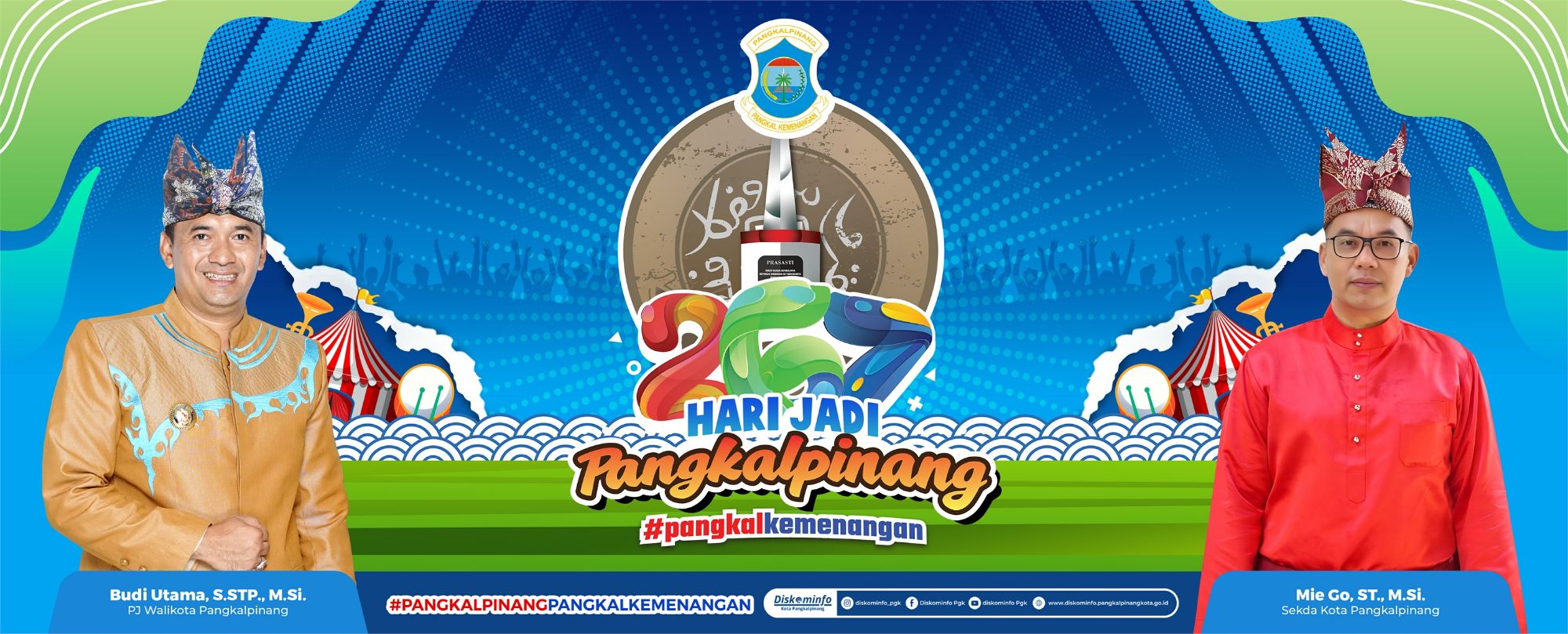Whether you are an experienced tarot card viewers or a curious newbie, recognizing the art of tarot card analysis can supply useful insights and assistance into various elements of life. In this comprehensive guide, we will explore the background of tarot card cards, exactly how to review them properly, and common misconceptions surrounding this old practice.
History of Tarot Card Cards
Contrary to common belief, tarot card cards were not initially designed for fortune-telling. The beginnings of tarot cards can be traced back to the 15th century in Europe, where they were utilized as playing cards for games such as tarocchi, a popular Italian card game. It had not been until the 18th century that tarot cards began to be connected with prophecy and spiritual guidance.
Each tarot card in a standard deck is rich in significance and images, with each card standing for various elements of life, emotions, and experiences. The Significant Arcana cards, as an example, portray considerable life occasions and spiritual lessons, while the Minor Arcana cards focus on daily challenges and chances.
Over the centuries, tarot cards have actually developed into a powerful tool for self-reflection, advice, and spiritual growth, with many individuals turning to tarot readings for clarity and instructions in their lives.
- The Significant Arcana: The 22 cards that stand for considerable life occasions and spiritual lessons.
- The Minor Arcana: The 56 cards that focus on day-to-day challenges and opportunities.
How to Read Tarot Card Cards
Reviewing tarot cards is a complicated and instinctive practice that requires a deep understanding of the cards’ importance, significances, and organizations. Below are some vital actions to efficiently review tarot cards:
1. Pick a tarot card deck that reverberates with you: There are countless tarot decks available, each with its own unique artwork and importance. Select a deck that talks with you on a personal degree and resonates with your kasamba customer service instinct.
2. Familiarize yourself with the cards: Make the effort to research each card in your selected deck, paying attention to the images, symbolism, and definitions connected with each card. Method attracting a daily card to strengthen your link with the deck.
3. Establish your own interpretation design: Tarot analysis is a deeply individual technique, and there is no person “best” means to interpret the cards. Count on your instinct and develop your own one-of-a-kind interpretation design based upon your impulses and experiences.
Typical Mistaken Beliefs Regarding Tarot Cards
Despite the growing appeal of tarot card analysis, there are still several misconceptions and misconceptions surrounding this ancient practice. Below are some common misconceptions regarding tarot cards:
- Tarot card cards anticipate the future: While tarot card cards can offer insights and advice, they do not predict the future with absolute assurance. Instead, tarot card analyses use a photo of the present moment and possible results based on existing energies and selections.
- Tarot readers have unique powers: Tarot readers are not psychic or clairvoyant, but instead intuitive people who have sharpened their abilities with method and research. Any individual can learn to review tarot card cards with dedication and an open mind.
- Tarot cards profane or occult: Tarot cards are simply a tool for self-reflection and personal development, and they are not inherently evil or occult. The symbolism and imagery in tarot card cards are indicated to inspire self-contemplation and consideration, as opposed to advertise dark forces or negative energies.
Finally
Tarot card reading is a powerful and informative practice that can provide assistance, clarity, and self-reflection. By comprehending the history of tarot card cards, finding out just how to read online palm reading them properly, and resolving usual myths, you can unlock the transformative possibility of tarot card readings in your own life. Bear in mind, the true power of tarot cards lies within your very own intuition and analysis, so count on on your own and accept the trip of self-discovery with tarot.

